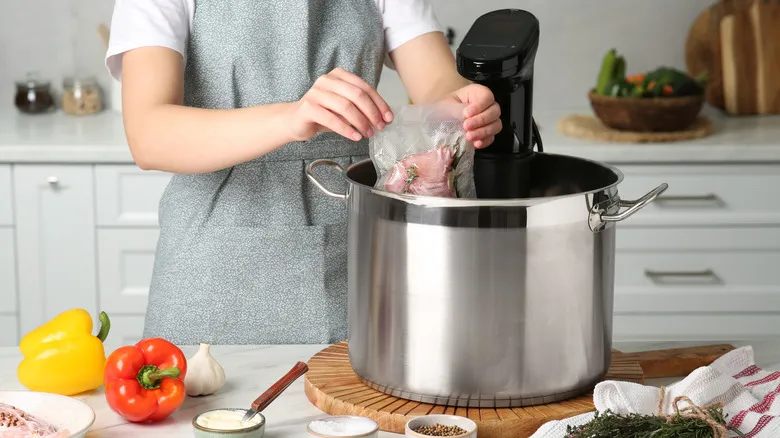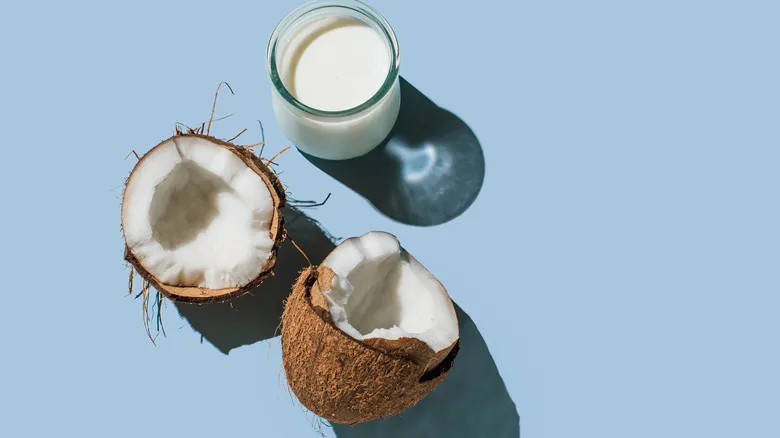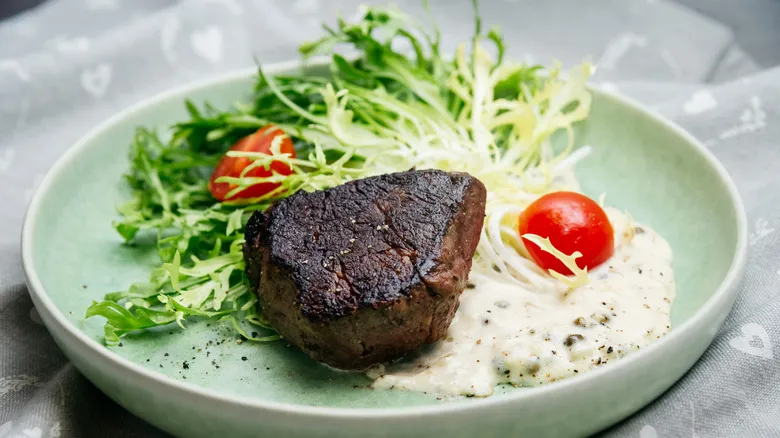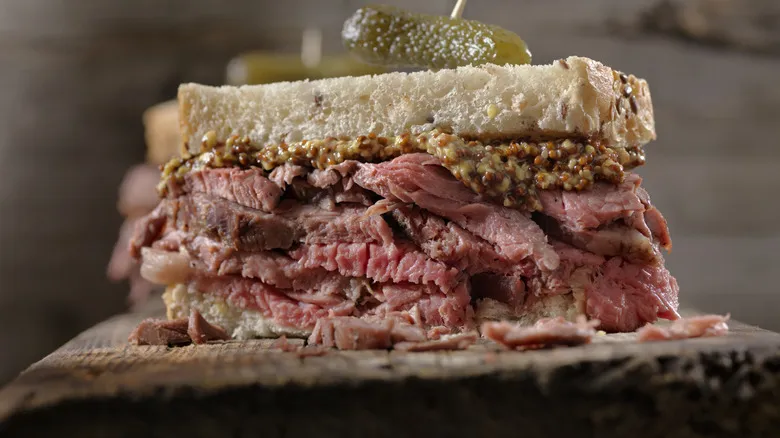You can do a sous vide cook at home

Cooking sous vide locks in the natural juices of food, enhancing flavor and preventing meats, seafood, and vegetables from drying out. When lobster is prepared sous vide, those tender juices ensure the meat remains creamy, buttery, and perfectly cooked. While professional chefs often use specialized equipment like sous vide cookers, you can achieve similar results at home with a bit of effort.
To cook sous vide at home, you have a few options. You can invest in a sous vide immersion circulator, which makes it easy to maintain a consistent temperature and may even connect via Bluetooth to notify you when your cooking is complete. Alternatively, you can purchase a vacuum sealer for an ideal seal on your lobster, or you can use plastic zipper bags and forgo the immersion circulator. In this case, simply use a thermometer and some patience, monitoring and adjusting as necessary to keep an even temperature.
If you choose the zip-top bag method, be sure to remove as much air as possible when sealing, as any trapped air can cause the bag to float, affecting the cooking temperature. If the lobster bag still floats despite your efforts, you can weigh it down with utensils like spoons or knives. Before sealing the bag, don’t forget to add butter and seasonings to enhance the flavor of the lobster. Fresh herbs like parsley, dill, and tarragon are excellent choices, offering a light, delicate taste that complements the lobster without overwhelming it. Lastly, remember to save the discarded shells to make a delicious lobster stock! You’ll be grateful later when you use it to create the best lobster chowder you’ve ever tasted.
Recommended

Don't Toss That Leftover Coconut Milk. Freeze It For Later

The Yummy Way To Save Your Overcooked Steak

Should You Really Drink Water That's Been Sitting Out All Night?

How To Turn A Dried-Out Roast Into Succulent Sandwich Meat Slices
Next up

